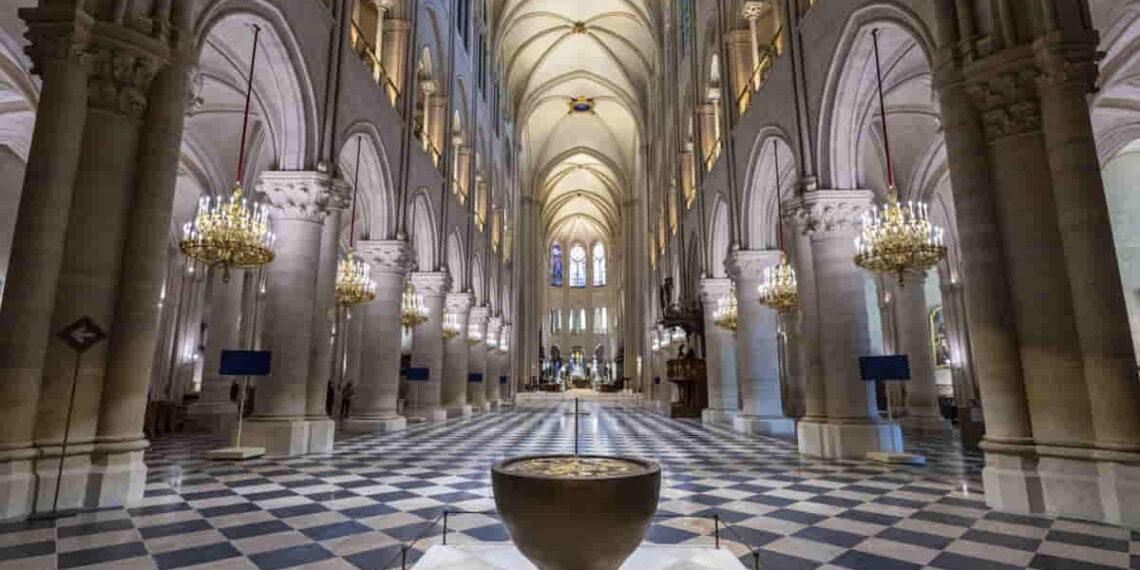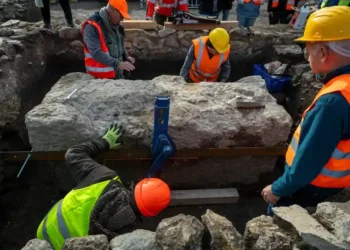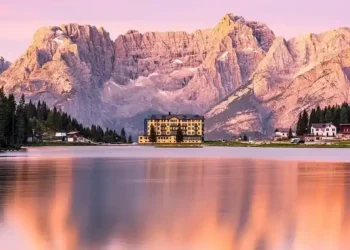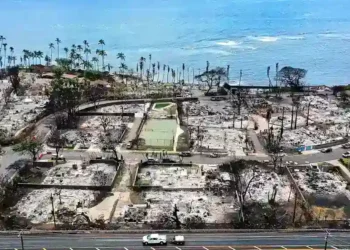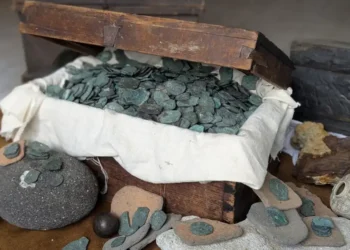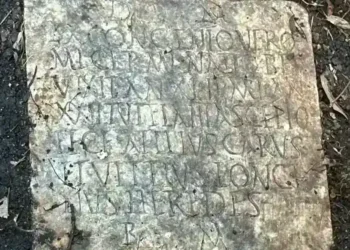Notre Dame’s Reopening Begins with a Sacred Knock: What Comes Next
This weekend, Notre Dame Cathedral in Paris will mark its grand reopening after the devastating fire of 2019. The occasion will be filled with ceremonies that bring the iconic landmark back to life, including the ceremonial opening of its doors, the revival of its powerful organ, and the first Mass held within its walls since the fire. These televised and carefully planned events will highlight both the resilience of France and the global significance of the cathedral.
The reopening ceremonies will begin on Saturday evening with Archbishop Laurent Ulrich leading over 1,500 guests in a special service. The following day, Sunday, will feature an inaugural Mass, complete with sacred rituals to consecrate the main altar.
The Great Doors Open
One of the most symbolic moments will come when Archbishop Ulrich taps on Notre Dame’s grand doors with his crosier, or bishop’s staff, to officially open them. This staff, designed specifically for the occasion by Sylvain Dubuisson, is made from wood salvaged from the cathedral’s roof, which collapsed during the fire.
In response to the archbishop’s knock, the cathedral will come alive with song as its choirs fill the space. The doors will then open, allowing guests to enter past the sculptures of biblical figures that adorn the cathedral’s entrance.
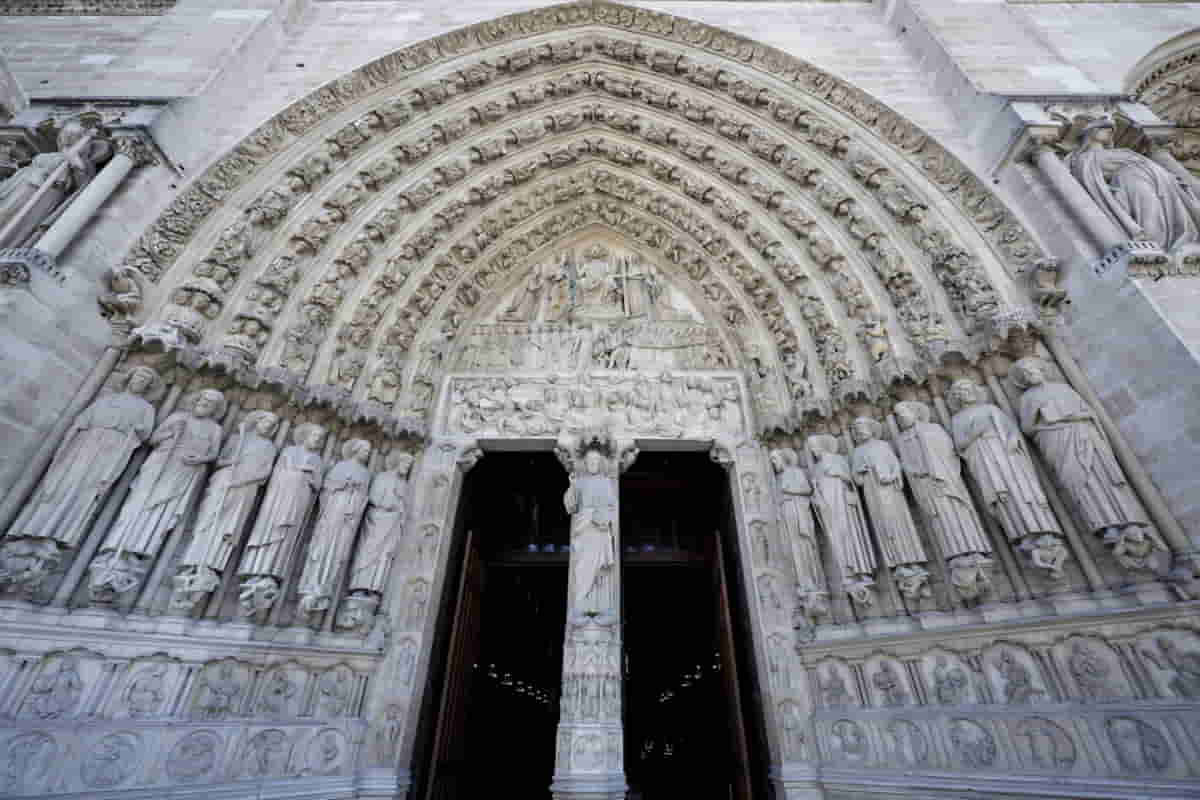
Reawakening the Organ
The sound of Notre Dame’s grand organ has been silent since the fire, when toxic dust from the lead roofing coated its 8,000 pipes. After the door-opening ceremony, the archbishop will awaken the organ with a series of eight commands, beginning with “Awaken, organ, sacred instrument: Sing the praise of God.”
Four organists will take turns playing the organ’s vast array of sounds. Seated at a newly renovated console, the organists will respond with improvised music based on their mood and the audience’s reactions. Olivier Latry, one of the organists, explains that while he has some ideas, the music will change depending on the moment, the atmosphere, and the crowd’s energy.
The organ’s meticulous re-tuning took about six months, with the pipes being cleaned and reassembled during late-night sessions to avoid disturbing the surrounding area.
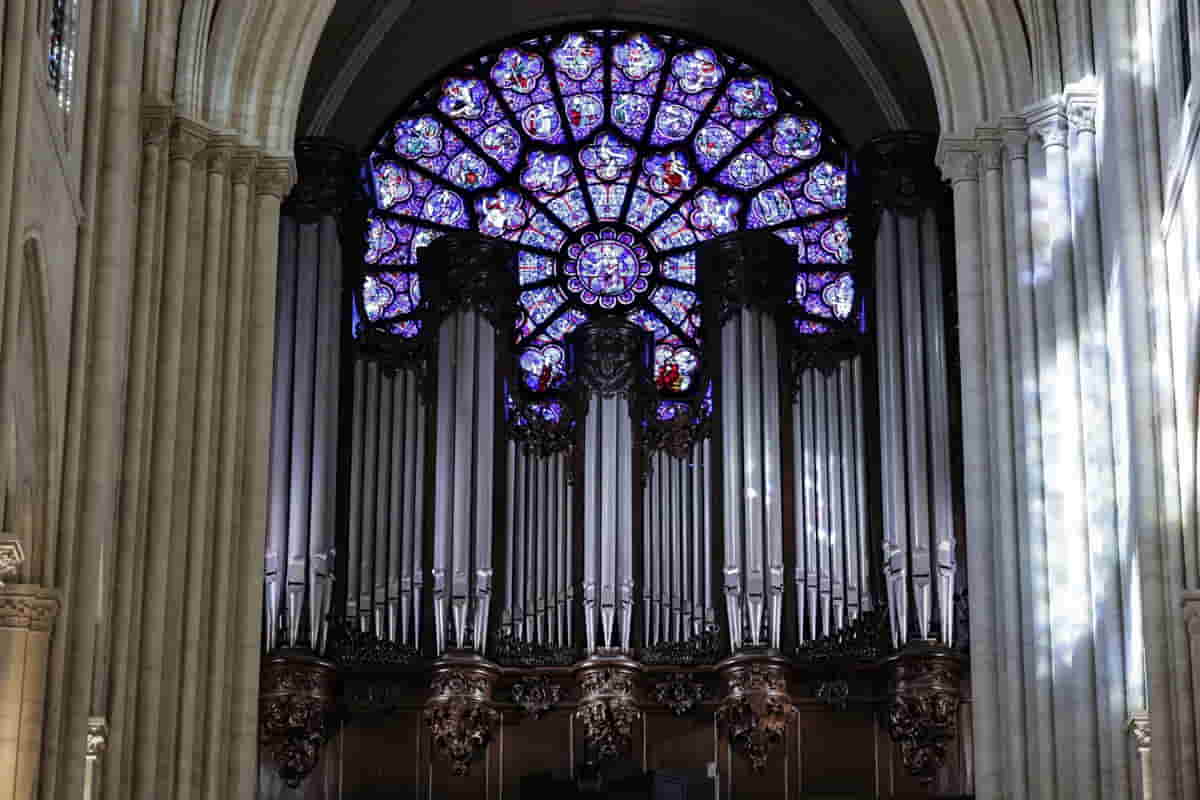
Global Support for Restoration
Before the fire, fundraising for Notre Dame’s renovation had been slow. But the tragedy sparked an outpouring of support from around the world. Over 340,000 people from more than 150 countries donated a total of €846 million ($364 million), demonstrating the global affection for the cathedral, which is considered a cultural treasure by people of all faiths.
Michel Picaud, a fundraising committee member, recalls receiving 400 donations an hour, causing his smartphone to crash. He emphasized that Notre Dame belongs to everyone, not just the people of Paris, as evidenced by the donations from around the world. His nonprofit, Friends of Notre-Dame de Paris, raised $57 million from 50,000 international donors, many from the United States.
At the reopening, wealthy donors and dignitaries will join the ceremony alongside others who have benefited from charitable efforts. “The poorest among Parisians, those helped by charitable associations, will also be there,” said Rev. Olivier Ribadeau Dumas, the cathedral’s rector.
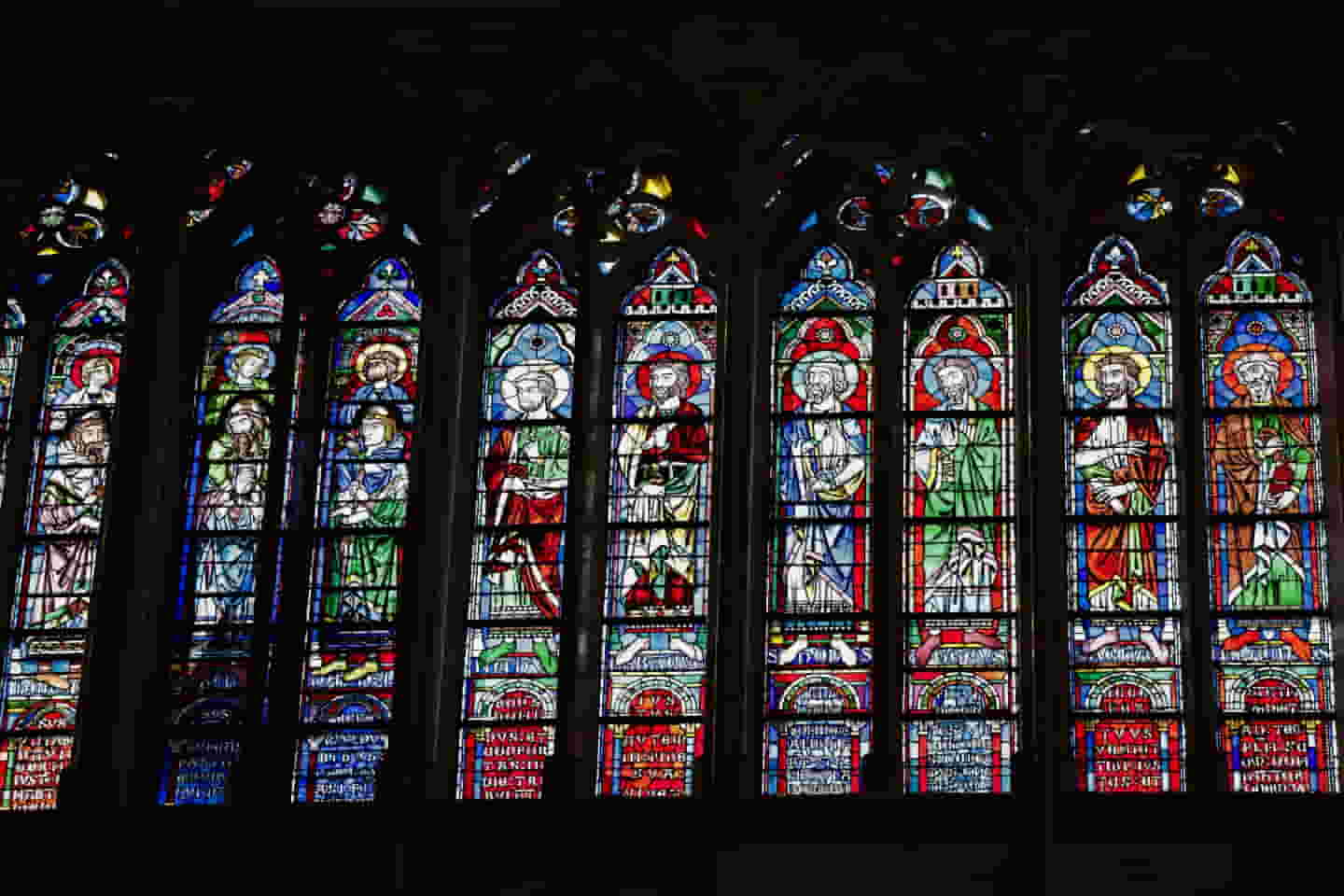
A Renewed Cathedral for a New Era
Although work continues on the exterior, the cathedral’s interior has been magnificently restored. The limestone walls have been cleaned, and the vaulted ceilings that collapsed in the fire have been repaired. New furnishings, including a replacement altar, have been added. The new altar stands where the original was destroyed when the cathedral’s spire collapsed in the blaze.
The rector notes that the cathedral has never looked more splendid, with the restored stonework, vibrant stained glass windows, and freshly cleaned artworks. “No one alive has seen the cathedral look like this,” he said, reflecting on the stunning transformations.
As the cathedral reopens, it stands not only as a symbol of spiritual significance but as a testament to resilience, a shared cultural heritage, and the collective effort of people worldwide.
This article was rewritten by JournosNews.com based on verified reporting from trusted sources. The content has been independently reviewed, fact-checked, and edited for accuracy, neutrality, tone, and global readability in accordance with Google News and AdSense standards.
All opinions, quotes, or statements from contributors, experts, or sourced organizations do not necessarily reflect the views of JournosNews.com. JournosNews.com maintains full editorial independence from any external funders, sponsors, or organizations.
Stay informed with JournosNews.com — your trusted source for verified global reporting and in-depth analysis. Follow us on Google News, BlueSky, and X for real-time updates.
